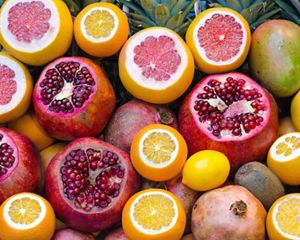The Food Industry Is Leaning Into Sustainability—But Consumers Still Want More
Amidst the global pandemic, new market analysis shows sustainability is now table stakes for the food, beverage and agriculture sectors
The images of pandemic-driven disruptions to our food systems in early 2020 are still fresh: shipping containers full of uninspected food, fields strewn with overripe produce, shuttered meatpacking plants and distraught farmers and ranchers facing unprecedented uncertainty. Those of us fortunate to take fully stocked grocery shelves for granted most of the time confronted a hard lesson in food supply chain resilience and sustainability.
But these distribution bottlenecks in moving food from farm to table pale in comparison to the environmental risks facing the sector, and new research shows consumers and industry stakeholders share a desire for transformation.
A recent global analysis conducted by Edelman Data x Intelligence on behalf of The Nature Conservancy (TNC) takes a closer look at the environmental sustainability commitments of the food, beverage and agricultural sectors. Here are four key takeaways from the September 2020 survey of industry leaders, employees and consumers across eight major markets.
Download
-
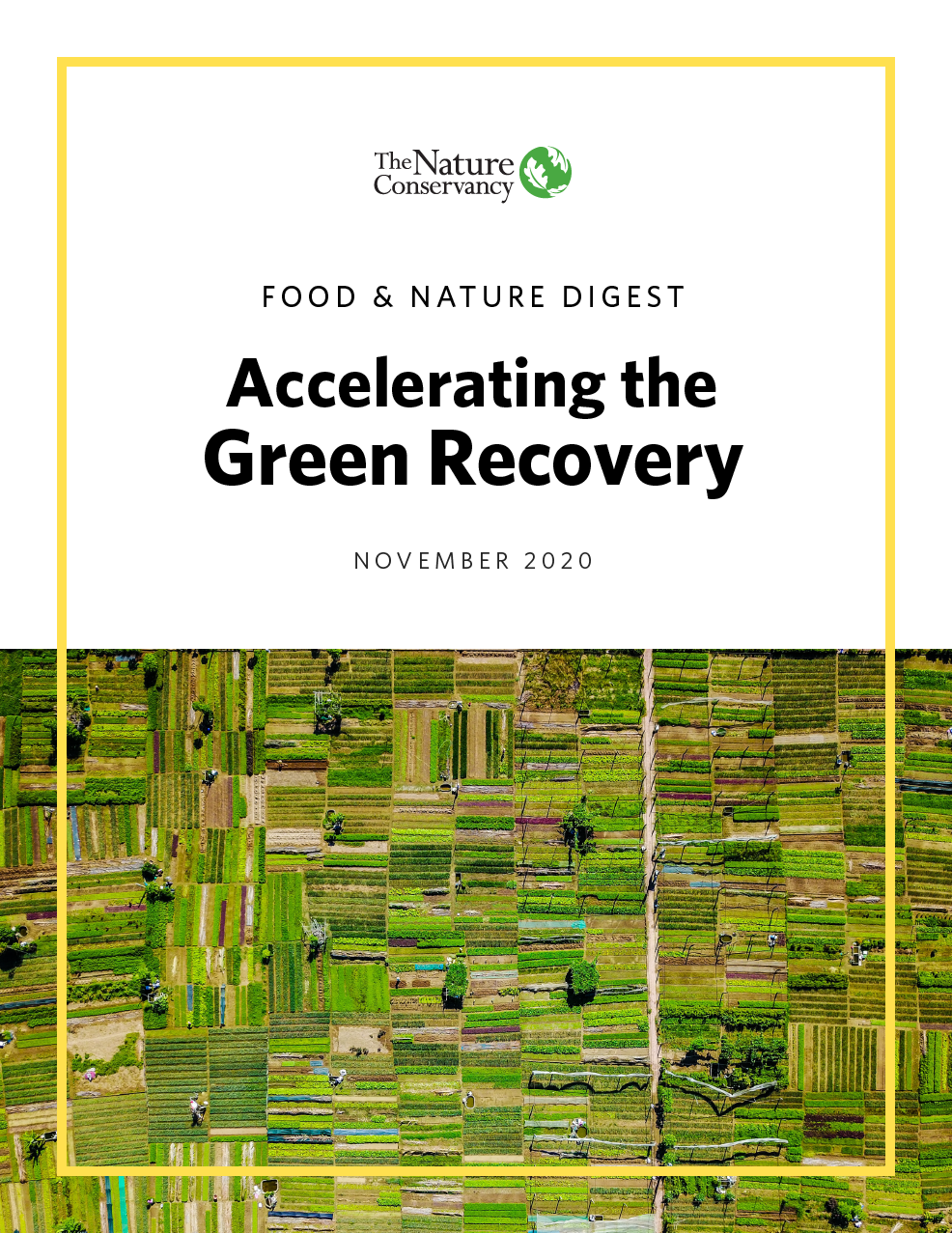 Food & Nature Digest: Accelerating the Green Recovery
Food & Nature Digest: Accelerating the Green RecoveryThe global market analysis takes a closer look at environmental sustainability in the food, beverage and agricultural sectors.
DOWNLOAD
1. There’s a resounding call to “do good”—not just avoid harm.
Our survey results indicate that both the industry and consumers broadly agree on the meaning of food sector sustainability, with the majority of each segment surveyed upholding that true sustainability requires actively doing good for the planet. Across the board, respondents said the food sector must strive to go beyond the traditional imperative to “do no harm.” While some environmental degradation may have been understood as necessary to feeding a growing population in the past, there is now a growing expectation and enthusiasm for a regenerative, nature-positive food system.
Percent Who Agree it’s More Important to “Do Good” Rather Than “Do No Harm”
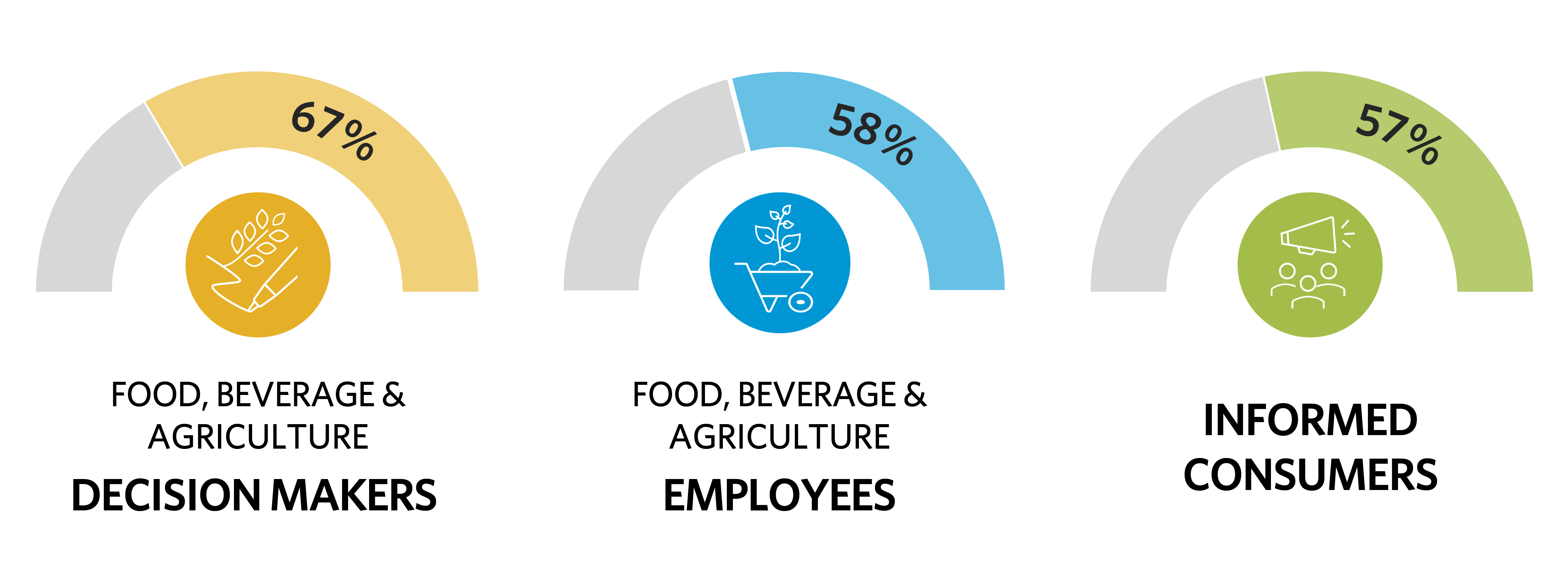
2. Environmental risks are a top concern for industry leaders.
Top Food System Risks to Food, Beverage & Agriculture Companies
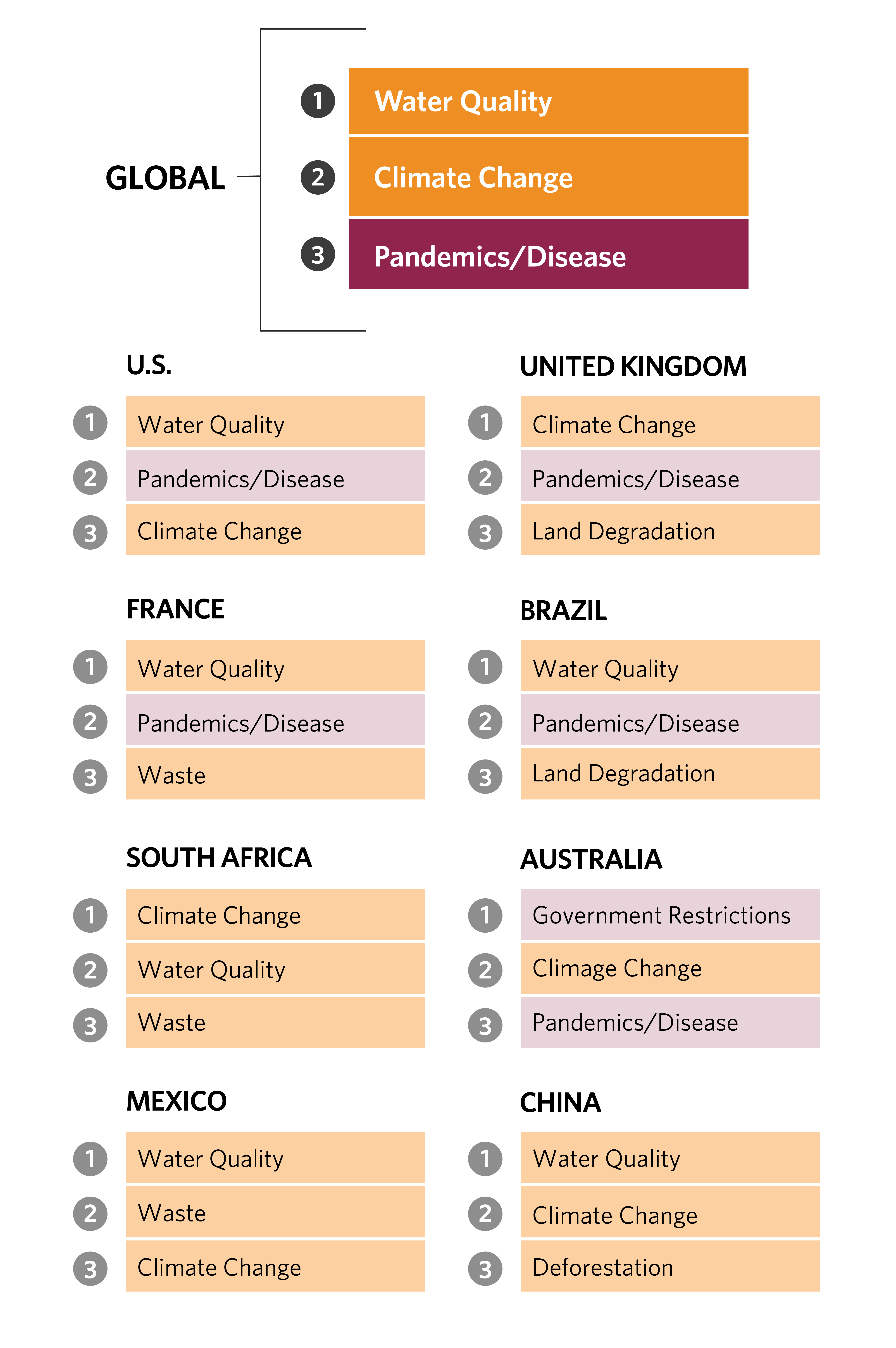 Reporting: % Selected (Up to 3 Max)
Reporting: % Selected (Up to 3 Max)
3. The industry is leading investments in a green recovery.
Shifts in Resource Allocation, Past 6-10 Months
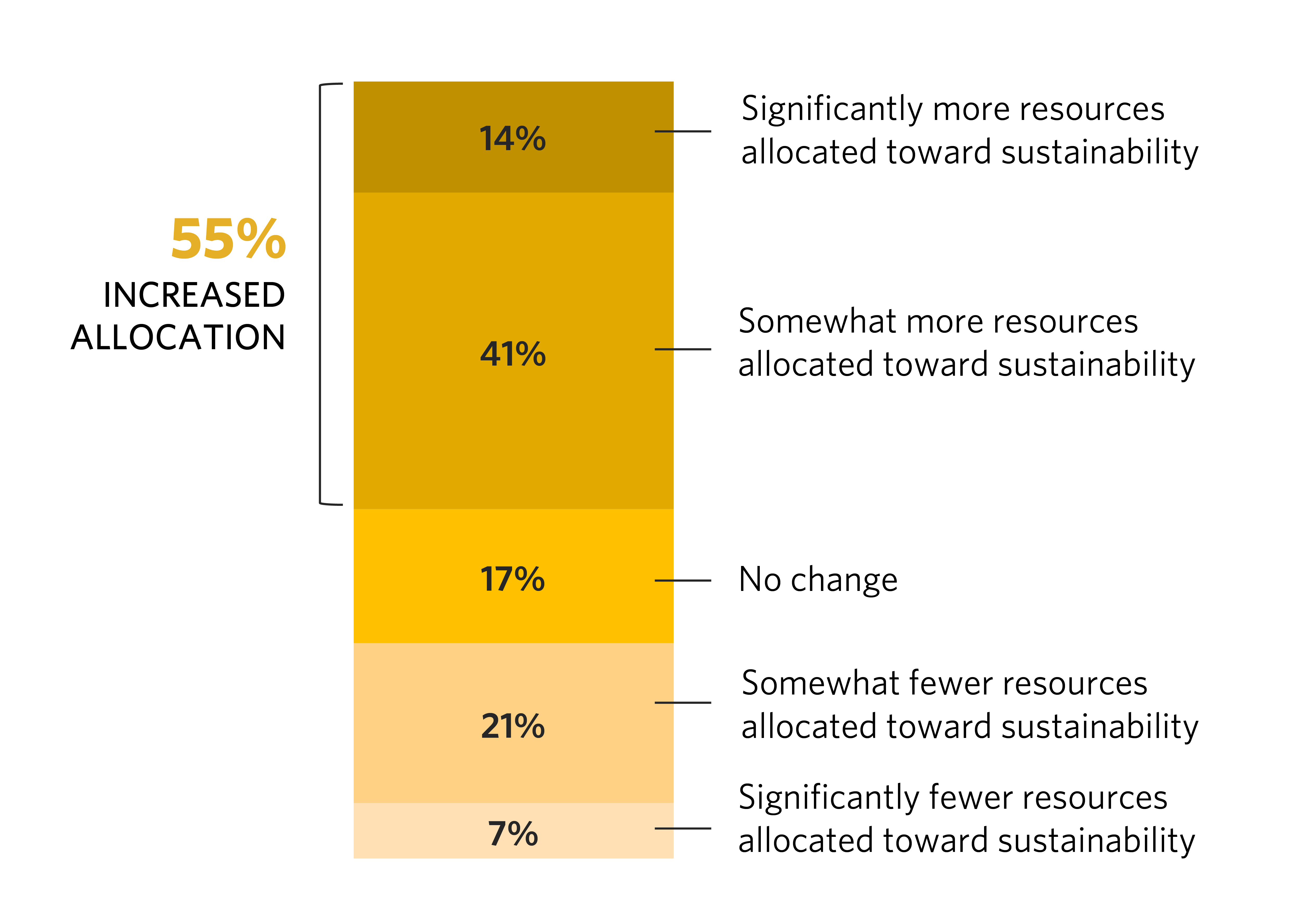 Reporting: % Selected
Reporting: % Selected
4. Many consumers want more—and place a high value on sustainability.
Even with the sector increasing investments, many of the consumers they serve believe companies should make faster progress toward a nature-positive food system, according to our survey. What’s more, a Van Westendorp analysis found that consumers recognize significant value in products that support sustainability initiatives, reportedly tolerating up to a 36 percent increase in the optimal price point over standard goods. Translating customer intention into action is more complex than changing the sticker on a store shelf. But, the data is clear: there is a value proposition inherent to sustainability.
Van Westendorp Analysis
A Van Westendorp analysis discovered that informed consumers expectations increased across all price-points, including bargain level pricing 67% (A), premium-level pricing 43% (C), and the “optimal” price point 36% (B).
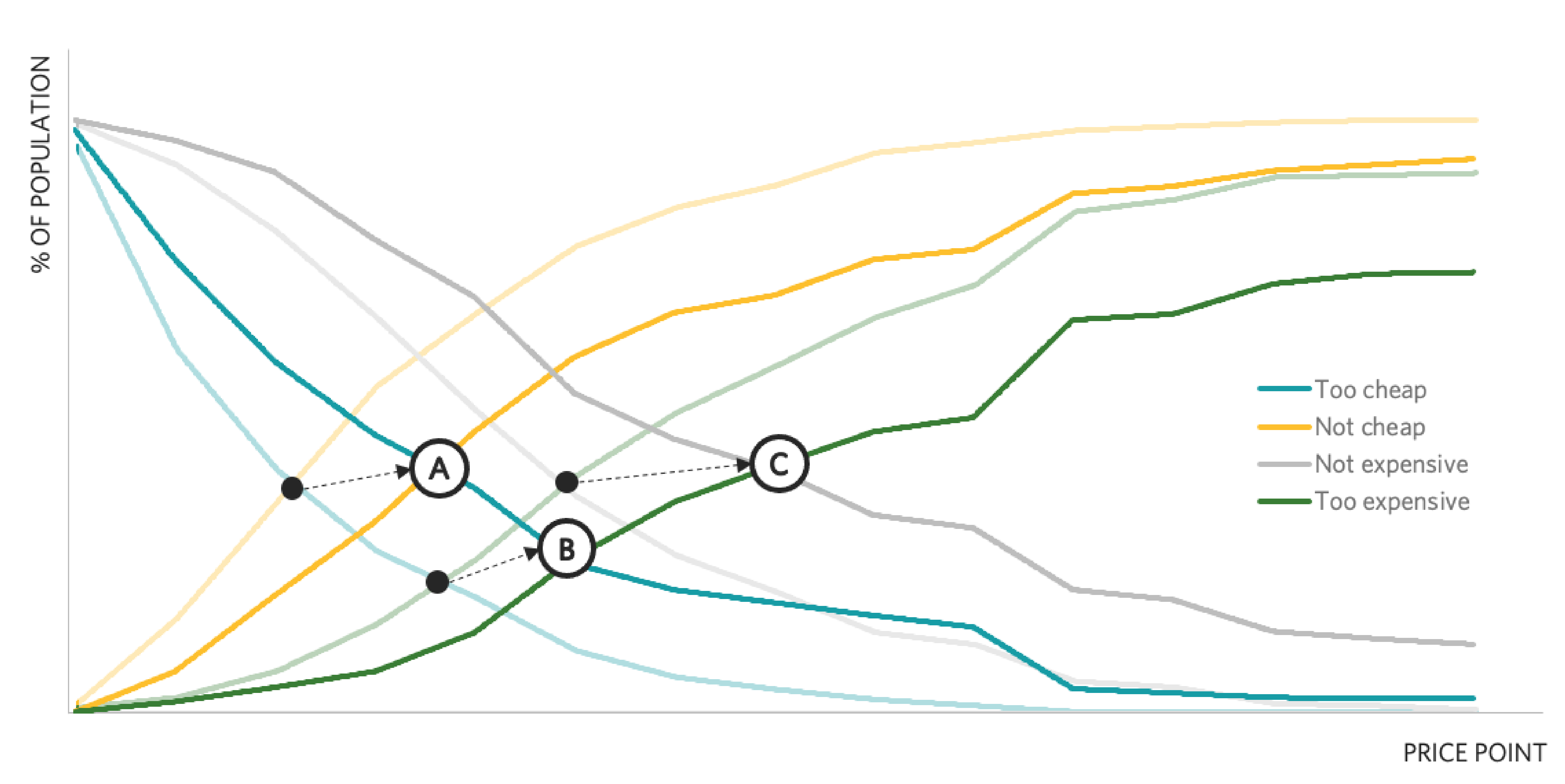
Based on “Sustainable” Basket of Goods Compared to the
“Standard” Basket of Goods (split-cell testing)
Our global insights, straight to your inbox
Get our latest research, insights and solutions to today’s sustainability challenges.
Sign UpThis broad alignment among industry stakeholders and informed consumers on the right path forward for the food, beverage and agriculture sector points to a big opportunity at a crucial time. The pandemic has only intensified pressure on the industry to strive for greater resilience and sustainability, but it has also afforded a position of financial strength. The next steps will be path defining for the sector, consumers and the planet—and these findings show that those who use 2020 to invest in a nature-positive transition could have much of the market on their side.
Download
The global market analysis takes a closer look at environmental sustainability in the food, beverage and agricultural sectors.
DOWNLOADGlobal Insights
Check out our latest thinking and real-world solutions to some of the most complex challenges facing people and the planet today.

